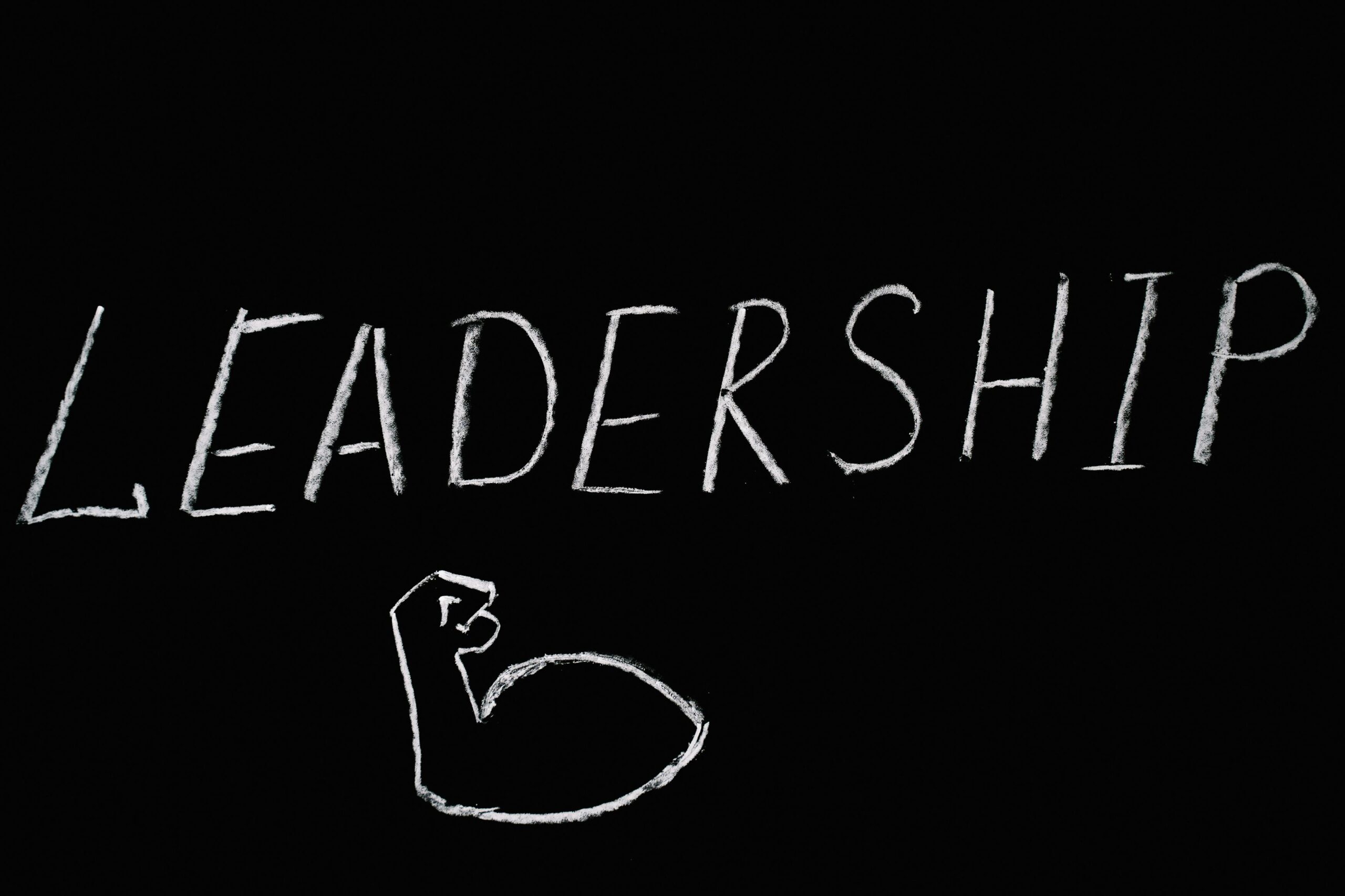
Balancing the demands of a career with family responsibilities is a challenge many working mothers face. The dual roles of professional and caregiver require careful planning, resilience, and support to maintain harmony. While the journey can be demanding, it is also rewarding, as working mothers contribute to their families’ well-being and professional success. This article provides practical tips for working mothers to navigate the complexities of balancing work and family life, fostering a sense of fulfillment in both spheres.
Understanding the Challenges
Working mothers often juggle multiple responsibilities, including professional deadlines, childcare, household management, and personal well-being. Common challenges include time constraints, feelings of guilt, and societal expectations. Recognizing these challenges is the first step toward addressing them effectively. By adopting intentional strategies, working mothers can create a sustainable balance that supports their career goals and family life.
Practical Tips for Balancing Work and Family
1. Prioritize and Organize
Effective time management is essential for balancing work and family. Start by identifying your priorities in both domains. Create a clear distinction between urgent tasks and those that can wait. Use tools like calendars, to-do lists, or productivity apps to organize your schedule.
- Set Weekly Goals: At the start of each week, outline key work tasks and family commitments. For example, prioritize attending a child’s school event or completing a work project.
- Use Time-Blocking: Allocate specific time slots for work, family, and personal activities. For instance, reserve evenings for family time and mornings for focused work.
- Delegate When Possible: Share household responsibilities with your partner, children, or hired help to lighten the load. For example, assign age-appropriate chores to kids, such as tidying their rooms.
2. Establish Boundaries
Setting boundaries between work and home life helps prevent burnout and ensures quality time with family.
- Define Work Hours: If possible, stick to a consistent work schedule and avoid responding to work emails or calls during family time. For example, turn off work notifications after 6 PM.
- Create a Dedicated Workspace: If working from home, designate a specific area for work to mentally separate professional and personal responsibilities.
- Communicate Expectations: Discuss your availability with colleagues and supervisors to set realistic expectations. For instance, inform your team if you need to leave early for a family commitment.
3. Leverage Workplace Flexibility
Many workplaces now offer flexible arrangements that can benefit working mothers. Explore options that align with your needs.
- Flexible Hours: Request a schedule that accommodates family responsibilities, such as starting work earlier to leave in time for school pickups.
- Remote Work: If feasible, negotiate part-time remote work to reduce commuting time and increase family presence.
- Parental Leave and Benefits: Take advantage of parental leave, childcare support, or other benefits offered by your employer. Research company policies to fully utilize available resources.
4. Build a Support Network
A strong support system is critical for managing the demands of work and family life.
- Rely on Family and Friends: Lean on trusted family members or friends for childcare or emotional support. For example, arrange for a grandparent to babysit during a busy workweek.
- Join a Community: Connect with other working mothers through local or online groups to share experiences and advice. Platforms like parenting forums or workplace affinity groups can be valuable.
- Hire Help When Needed: Consider hiring a nanny, daycare, or cleaning services to ease the burden of household tasks, if your budget allows.
5. Practice Self-Care
Taking care of yourself is essential to sustain the energy and mental clarity needed for both work and family.
- Prioritize Physical Health: Incorporate small bursts of exercise, like a 15-minute walk or yoga session, to boost energy and reduce stress.
- Focus on Mental Well-Being: Practice mindfulness techniques, such as meditation or journaling, to manage stress and maintain emotional balance.
- Carve Out “Me Time”: Schedule time for hobbies or relaxation, even if it’s just 30 minutes a week to read, take a bath, or pursue a personal interest.
6. Involve Your Children
Including children in your routine can strengthen family bonds and make balancing responsibilities more manageable.
- Plan Quality Time: Dedicate specific moments for meaningful activities, like reading together, playing games, or cooking as a family.
- Explain Your Work: Share age-appropriate details about your job to help children understand your responsibilities. For example, explain that your work helps provide for the family.
- Involve Kids in Chores: Turn household tasks into fun family activities, such as cleaning together while listening to music, to teach responsibility and spend time together.
7. Manage Guilt and Expectations
Feelings of guilt are common among working mothers, often stemming from societal pressures or the desire to excel in both roles.
- Reframe Guilt: Recognize that being a working mother benefits your family by providing financial stability and modeling a strong work ethic. Remind yourself that you’re setting a positive example.
- Let Go of Perfection: Accept that not every day will be perfectly balanced. Focus on doing your best rather than achieving an unattainable ideal.
- Celebrate Small Wins: Acknowledge achievements in both work and family life, such as completing a project or attending a child’s recital, to stay motivated.
8. Communicate with Your Partner
A supportive partnership is key to balancing work and family responsibilities.
- Share Responsibilities: Divide household and parenting duties equitably with your partner. For example, alternate who handles bedtime routines or grocery shopping.
- Discuss Needs Openly: Regularly check in with your partner to ensure both of your needs are being met and to address any challenges.
- Plan Together: Work as a team to plan family activities, budgets, and schedules to align your goals and reduce stress.
Overcoming Common Obstacles
Time Constraints
Lack of time is a significant barrier for working mothers. To address this, focus on efficiency and multitasking where appropriate. For example, combine exercise with family time by taking a walk together, or listen to work-related podcasts during your commute. Prioritizing high-impact tasks and saying “no” to non-essential commitments can also free up time.
Workplace Pressures
Some workplaces may not fully support the needs of working mothers. Advocate for yourself by discussing your needs with your employer or HR department. If flexibility is limited, explore alternative job opportunities that align better with your family priorities, such as part-time roles or freelance work.
Lack of Childcare
Reliable childcare is essential but can be costly or hard to find. Research local daycare options, nanny services, or after-school programs. Some communities offer subsidized childcare or co-op arrangements where parents share responsibilities.
The Broader Impact of Balance
Benefits for Children
Children of working mothers often develop independence, resilience, and a strong work ethic by observing their parents’ dedication. By modeling balance, you teach your children the value of pursuing personal goals while maintaining strong family connections.
Career Fulfillment
Maintaining a career provides financial independence, personal growth, and a sense of purpose. By finding balance, working mothers can thrive professionally without sacrificing family time, leading to greater job satisfaction and confidence.
Mental and Emotional Well-Being
Achieving balance reduces stress and promotes mental health, which benefits both you and your family. A happier, healthier mother is better equipped to nurture her children and excel at work.
Addressing Misconceptions
Myth: Working Mothers Neglect Their Families
Being a working mother does not mean neglecting family responsibilities. With intentional planning, working mothers can be fully present for their children while pursuing their careers. Quality time, rather than quantity, is what matters most.
Myth: You Can’t Excel in Both Roles
While balancing work and family is challenging, it’s possible to succeed in both with the right strategies. Many working mothers thrive in their careers while raising happy, well-adjusted children.
Myth: Self-Care Is Selfish
Taking time for yourself is not selfish—it’s necessary. Self-care enables you to recharge and give your best to both your family and your work.
Conclusion
Balancing work and family as a working mother requires intentionality, adaptability, and support. By prioritizing tasks, setting boundaries, leveraging flexibility, and practicing self-care, you can create a fulfilling life that honors both your professional ambitions and your family commitments. While challenges are inevitable, they are not insurmountable. With the right strategies and mindset, working mothers can thrive in both roles, fostering a sense of accomplishment and joy in their daily lives. By building a strong support network and embracing imperfection, you can navigate this journey with confidence, knowing that you are making a positive impact on your family and yourself.









